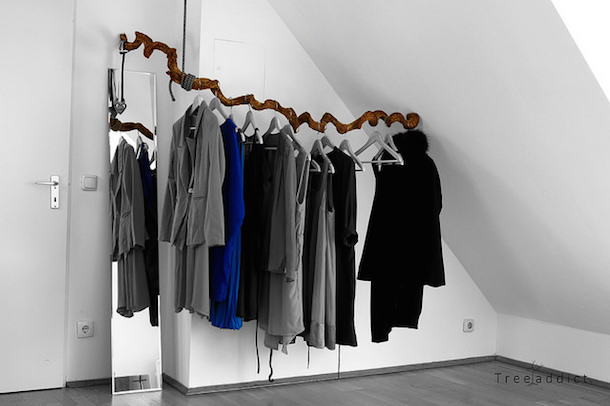It is no secret that the fashion industry is the second most pollutant in the world, and that it has caused the deaths of thousands of people, like in the 2013 accident in a Bangladeshi factory; but affordability seems to still be a priority over ethics.
The reasons why people should stop buying and promoting fast fashion have already being exposed, but the how, specially when on a budget, is still lacking. Here are five starters tips and tricks to make your wardrobe more ethical without emptying your bank account.
1. Know your Ethics
An “ethical product” does not always cover the entirety of the ethical spectrum. This is why it important to understand what companies mean when labelling their products as ethical. Here are some of the most commonly used terms and their definitions.
- Eco-friendly: minimal to no harm of the surrounding ecosystems
- Fair-trade: good working conditions and fair pay of the workers
- Organic: not genetically or chemically modified goods
- Vegan: No use of animals or animal by-products.
- Cruelty-Free: No animal is harmed during the process
- Local: sourced in the same region where it is purchased
- Recycled: transformed waste material into a reusable product
2. Do your research
After knowing your facts, it is time to take a deeper look into the brands that claim to be ethical. If your favorite store has an environmentally friendly or ethical line find out the reason why it is called that. It is true that not all products or brands cover all of the requirements to be fully ethical, but at this point, to start a change applying the lesser of two evils principle will do. It is your choice, but let’s make it the best one.
A good place to start is the Global Organic Textile Standard, that ensures the quality of components in the clothing, certifies a functional water waste, and minimum social criteria. Here is their full database of companies and products certified.
3. Essentials and Basics first
Even though a neon green sweatshirt may seem like the statement piece you were looking for, ethical buying can get very expensive. Investing in basics such as simple shirts and flowy dresses is a good way to start. Companies like PACT, “top tier in environmental and social standards” and MadeFAIR ,a fair trade retailer, have great dress and shirt options ranging from $15 – $33.
4. Bargain Hunting
Companies such as People Tree, a fair trade and environmentally sustainable British brand, have some of the widest variety in colors, patterns and styles, but their dress prices range from $70 to $120. However, it is possible to still get that cute flower-print dress with a 40% OFF during their summer sale. This is not unique to this brand, many companies have sales in between seasons or even all year round. Finding the best bargains is just a matter of spending sometime online looking for them.
This are some of the ethical stores that have sales going on right now: Alternative Apparel (environmentally sustainable and WRAP certified), ASOS ECO (ethical trading, sustainable sourcing and animal welfare) Won Hundred and DEADWOOD (recycled leather, use of cotton’s sustainable alternatives).
5. Second-hand
Thrifting has been an on-going trend for a while, were people go to secondhand stores seeking for treasures hiding under the piles of “junk”. One of the biggest problems people have when doing this is finding something that actually fits. For example, finding a great pair of blue denim jeans for only $8, but realizing they are a little too big or a little too long. Going to a seamstress to get them fixed may be cheaper than buying ethical denim jeans, but in the era of information technology there is another way. Coolirpa’s Youtube Channel, for example has sewing and tailoring tips, and amazing DIY thrifted transformations. In this channel you can find anything from fixing a hem to transforming long-skirts into beautiful shirts. Go find her and have fun!
Do you have any more tips or stores recommendations? Tell us on Twitter @ROOSTERGNN



